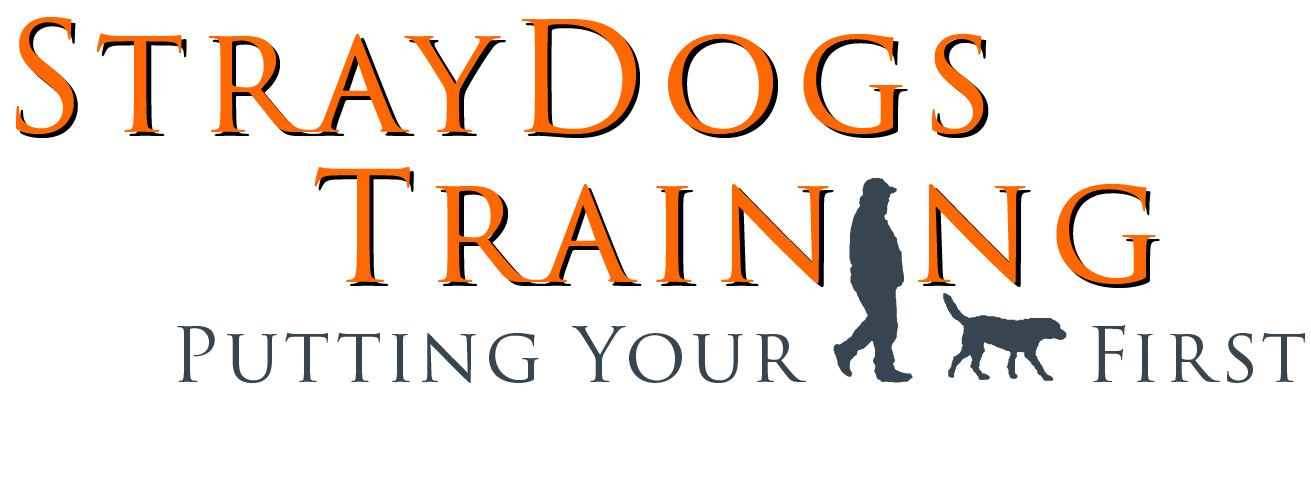E-collars, or electronic collars, have become a topic of debate in the world of dog training. While some trainers swear by their effectiveness, there are several misconceptions surrounding their use. In this article, we aim to debunk five common misconceptions about e-collars, making it easy for dog owners of all levels of training to understand.
1. E-Collars Are Cruel and Inhumane:
One of the most widespread misconceptions about e-collars is that they are cruel and inhumane. However, when used properly, e-collars can be a humane training tool. Modern e-collars have adjustable settings, allowing trainers to choose the appropriate level of stimulation for each dog. Additionally, e-collars are designed to deliver mild, harmless stimuli that mimic a tap on the shoulder. It’s crucial to remember that e-collars should be used responsibly and under the guidance of a professional trainer.
2. E-Collars Only Cause Pain:
Another misconception is that e-collars only cause pain to dogs. While e-collars are capable of delivering mild electric stimulation, their primary purpose is to gain the dog’s attention and redirect behavior. When used correctly, e-collars can be used as a form of communication, allowing trainers to provide clear and consistent signals to their dogs. The stimulation should not be overly painful but rather a sensation that captures the dog’s attention and aids in teaching them desired behaviors.
3. E-Collars Are a Quick Fix:
Some people believe that e-collars provide a quick and easy solution to training issues. This is a misconception that can lead to ineffective training methods. E-collars should not be seen as a shortcut to training but rather as a tool to aid in the training process. Proper training still requires time, patience, and consistency. E-collars should be used as part of a comprehensive training program that includes positive reinforcement techniques and clear communication.
4. E-Collars Make Dogs Fearful and Aggressive:
There is a common belief that using e-collars can make dogs fearful and aggressive. However, this misconception arises from incorrect or abusive use of the collar, not from the collar itself. When used appropriately, e-collars can help dogs understand boundaries and expectations, leading to improved behavior. It is essential to introduce the e-collar gradually, associating it with positive experiences and using it as a reinforcement tool rather than a punishment device.
5. E-Collars Replace Positive Reinforcement:
One of the most crucial misconceptions about e-collars is that they replace positive reinforcement techniques. Positive reinforcement should always be the foundation of dog training, regardless of the tools used. E-collars should be used as an aid to reinforce commands and encourage desired behaviors. Combining positive reinforcement, such as treats, praise, and play, with e-collar training can create a well-rounded and effective training approach.
In conclusion, e-collars can be a valuable tool for dog training when used correctly and responsibly. It is essential to separate fact from fiction and understand that e-collars are not inherently cruel or inhumane. When incorporated into a comprehensive training program, e-collars can help improve communication between dog and owner, leading to a happier and more obedient companion. Always seek the guidance of a professional dog trainer who can provide proper instruction on the safe and effective use of e-collars.

